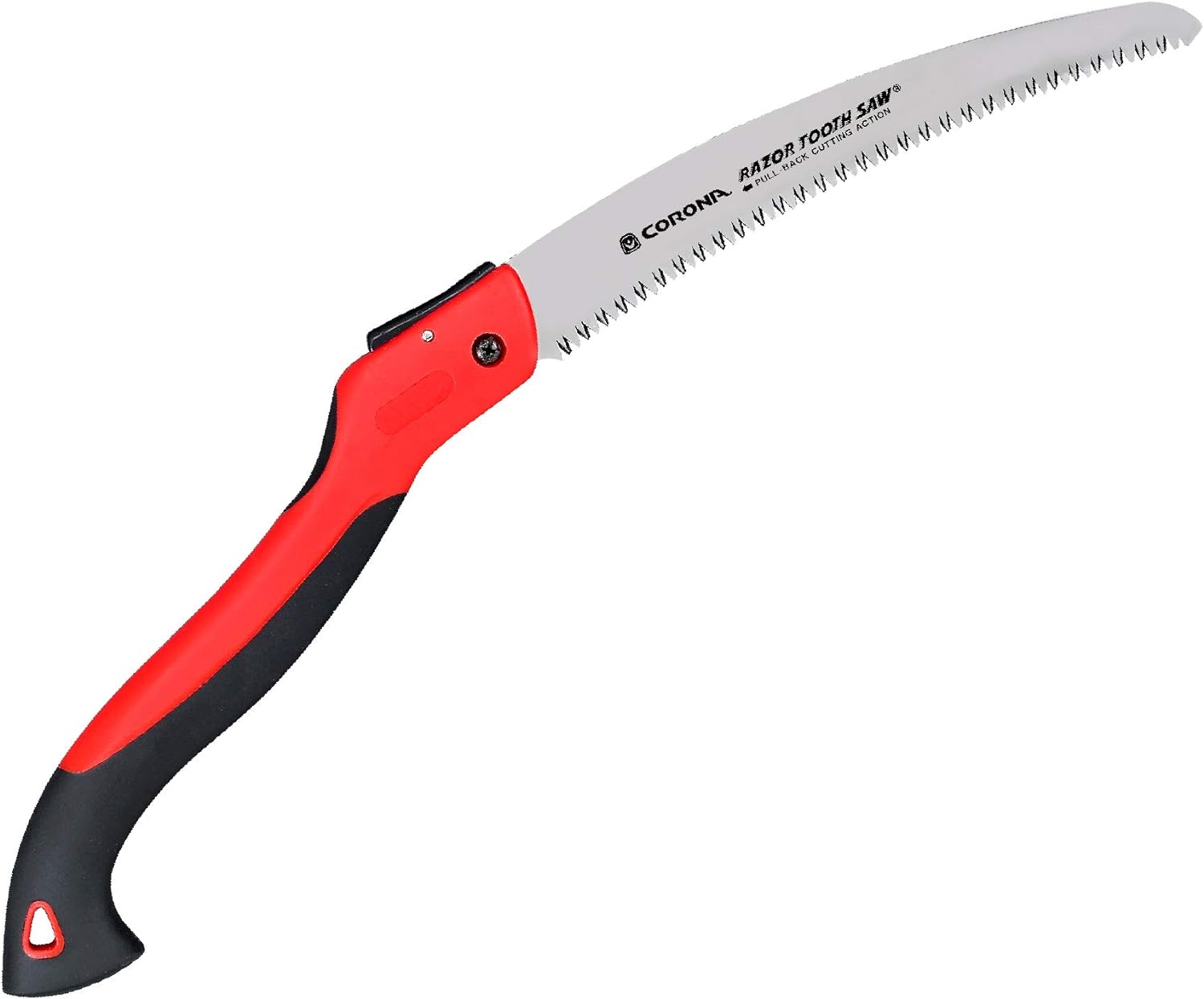
Photo: Leslie Mehroff, courtesy of Invasive Plant Atlas of New England.
My garden is being taken over by garlic mustard. How do I get rid of it without killing everything else? —Alex D’Angelo, Cherry Hill, New Jersey
Jody Mills, a horticulturist and certified nursery professional from Penfield, New York, responds:
The first step in eliminating the invasive weed garlic mustard (Alliaria petiolata) is to correctly identify it. Garlic mustard is a prolific, biennial herb found in more than 30 states, mainly in the Midwest and the East. Recently, it has shown up in Washington, Utah, Colorado, Idaho, and British Columbia, according to the Nature Conservancy’s Invasive Species Initiative.
In summer and fall of its first year, garlic mustard produces a leaf rosette that can easily go unnoticed and is often mistaken for violets. This rosette, which remains green through the winter, can be as small as an inch or two across or as large as a dinner plate.
The following spring, this weed emerges as a 2- to 3½-foot-tall flowering stalk. Triangular, toothed leaves are arranged alternately up the stem. Flowers are small and white and have four petals; by late spring, they produce long, slender seedpods called siliques. These bear the secret to garlic mustard’s invasiveness: The siliques on one plant can produce 7,000 seeds or more. Unfortunately, getting rid of this weed is a painstaking task that may take several years.
Once you’ve determined that garlic mustard is indeed terrorizing your garden, your next step is to choose a method of removing it. Your objective is to prevent seed production. Desirable plants nearby may limit your options to cultural measures such as cutting or hand-pulling. Where risk to ornamental plants isn’t a problem, chemical control can be added to your arsenal. Products containing glyphosate (found in products like Roundup) may be applied anytime during the plant’s growing cycle but preferably before flowering.

Photo: Leslie Mehroff, courtesy of Invasive Plant Atlas of New England.
If the infestation is small, your best option is to hand-pull first-year rosettes. Pull when the soil is moist so that the root mass comes out with the leaves (the plant can regrow from the roots left behind). You also can hand-pull the second-year flower stalks before seed is set. Again, pull when the soil is moist, and dispose of pulled plants.
Cutting the flower stalks in spring before they produce seed is also effective and may be more practical for large infestations. Take care to cut close to the ground; if even a pair of leaves is left, flowers can form at the base of the stalks and produce seed. As with hand-pulling, all debris should be bagged and removed because flowers may still disperse seed. Cutting may have to be repeated during the season, but eventually the plant will run out of energy and die.
It may take several years of diligence to remove garlic mustard; the seed can remain viable in the soil for up to five years. Plants that spring up later may have originated from seed produced long before you began your campaign to eliminate it. Ultimately, your efforts will pay off.
Fine Gardening Recommended Products

A.M. Leonard Deluxe Soil Knife & Leather Sheath Combo
Fine Gardening receives a commission for items purchased through links on this site, including Amazon Associates and other affiliate advertising programs.

Corona Tools 10-Inch RazorTOOTH Folding Saw
Fine Gardening receives a commission for items purchased through links on this site, including Amazon Associates and other affiliate advertising programs.


















Comments
It's a pretty brittle plant. Pulling can easily leave the root in place to resprout. To pull successfully, pinch the plant just at the base of the rosette/top of the root and pull toward the best sun. The root turns horizontally as it grows, so just pulling up will snap it off. It seems to grow away from the direction where most of the plant's light comes from. My place has mostly Eastern exposure, so the roots turn to the West.
Question. When is the best time to pull or cut the tops of the flower stalks in spring? The article mentions before the plants produce seed but when does that usually happen? Is there a specific month or something I should be looking for?
Log in or create an account to post a comment.
Sign up Log in